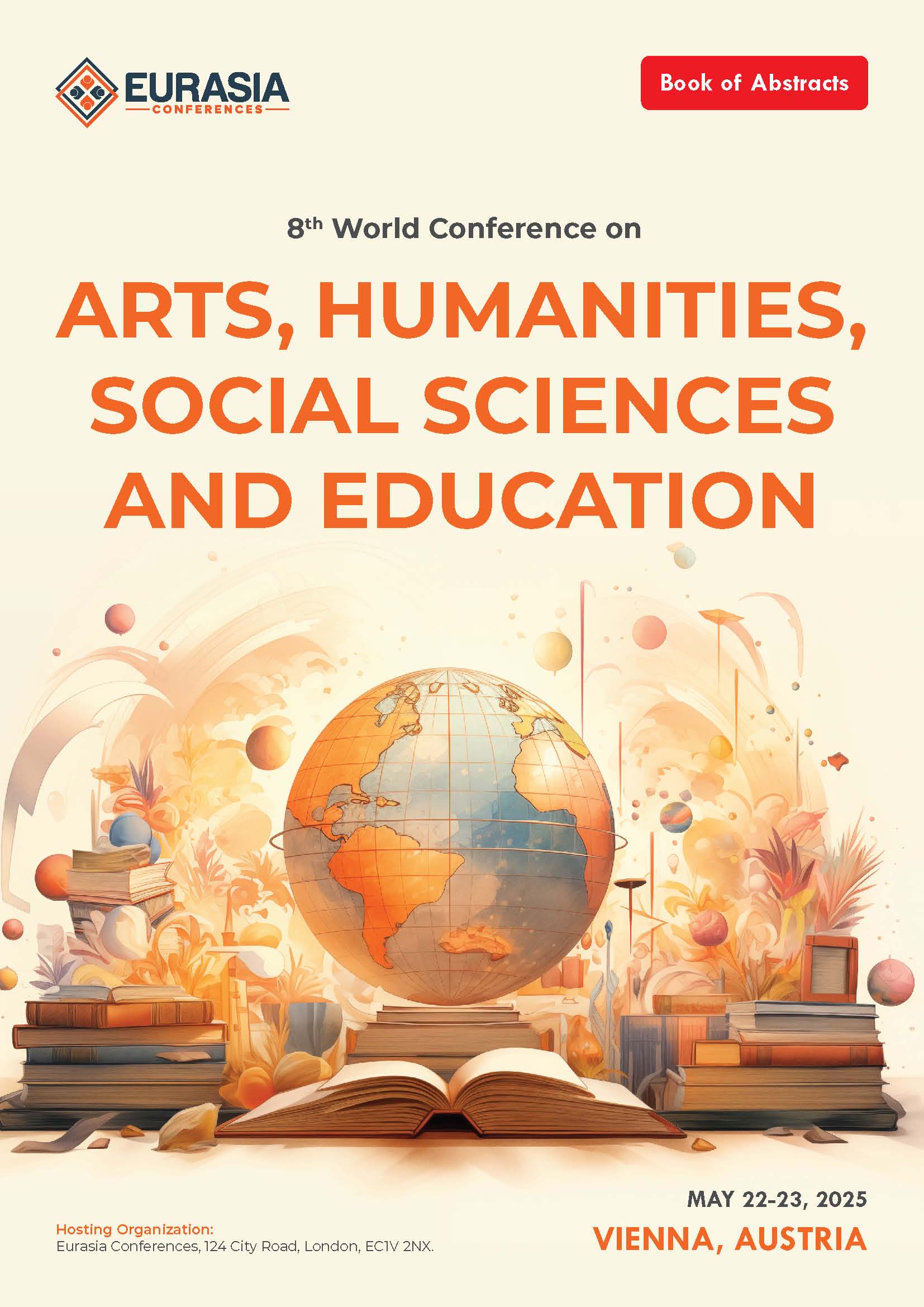
Dr. Serdar Ş. Güner
Visual semiotic games (VGSs) constitute a form of strategic communication between players who are IR theorists. Communication represents a game equivalent to strategic interdependence where players cannot determine the outcome of their interaction alone; each has to think about the choice of the other in taking an action. The interaction is about interchange of meanings players generate about Kenneth Waltz’s structural realism and Alexander Wendt’s constructivism through structural abstract paintings by Mark Rothko and Jackson Pollock, respectively. Players’ interpretations of Waltz’s proposition about how structures and international interactions shape each other through Rothko’s paintings and their interpretations of Wendt’s proposition about the multiplicity of anarchies at system level through Pollock’s paintings constitute signs as signifiers, icons, indexes and symbols. Players’ coordination over these signs demonstrates that abstract art and IR theories are not disconnected. Therefore, game theory, a branch of finite mathematics, surfaces as a rigorous tool to study semiotic subjectivities that are mind-dependent entities and instances of interactive consciousness. In gist, VSGs contribute to the fields of semiotics, IR theories, and also game theory.